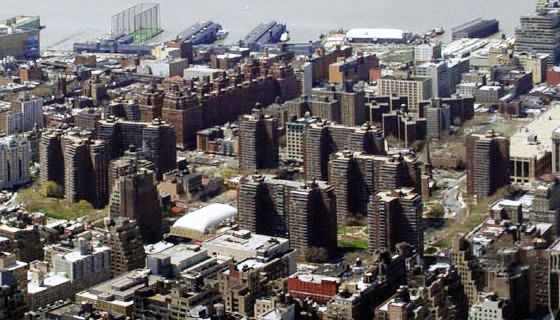My group and I signed up for a 10:00am time slot at Macaulay this past Saturday. The agenda was split into two sections and my group was to present during the later. A majority of the groups that presented with us focused on social issues including the effective use of mosques, female homelessness, and a majority focused on the effects of Hurricane Sandy. It was very interesting to hear the diverse opinions of students not necessarily pursuing business (as my teammates and I are doing).
One of the first interesting presentations I heard was about female homelessness in New York City. It opened my eyes to the unique challenges females face when homeless, but also what would be necessary in order to provide services to displaced women. Another interesting point to note was that the group members were not from the same CUNY campus. Instead, they represented the Macaulay College as a whole. I was unaware that this could be done.
I was also curious to watch the presentation about mosques put together by two City College of New York students. What I found most interesting was the proposed use of systematic practices to help institutions run smoothly and effectively. I felt that although the project centered on a religious center, it could be applied to secular organizations as well.
My group and I presented last, after a handful of presentations about Hurricane Sandy. Our Times Square project provided a shift in topic but also a different vantage point. Not only did we look at the social aspects of Times Square, we explored legal, political and economical ideas. The students seemed to enjoy our presentation and the moderator even told us that he enjoyed our unique research approach.
Every semester, I look forward to attending these types of Macaulay seminars. Only rarely do students from every CUNY campus get the chance to convene and share ideas. It is nice to explore the different ideas and beliefs of students from campuses that are not necessarily business-driven. Likewise, I am sure that our audience enjoyed our project as well. It was almost bittersweet concluding Saturday’s seminar, but I am sure that I will remain involved on the Macaulay scene in the future.



